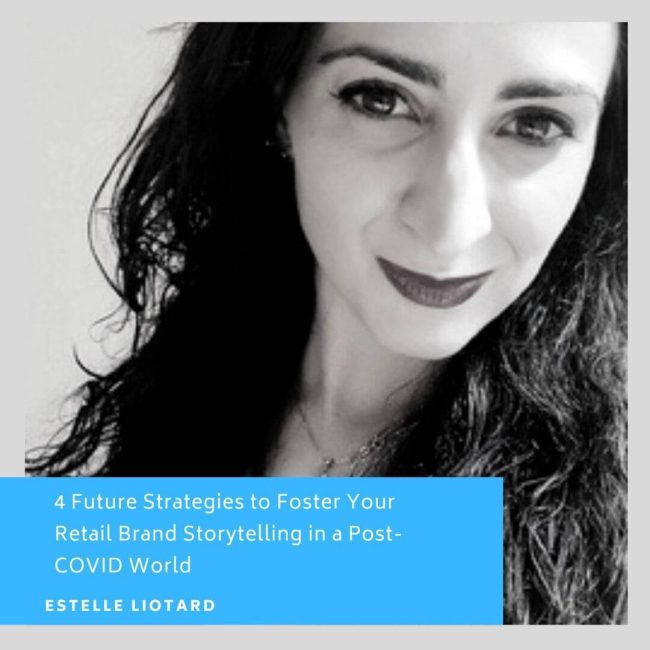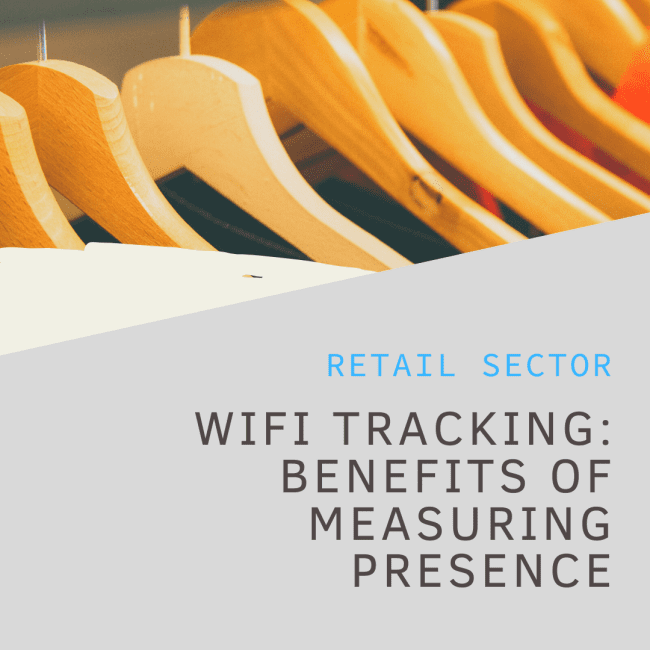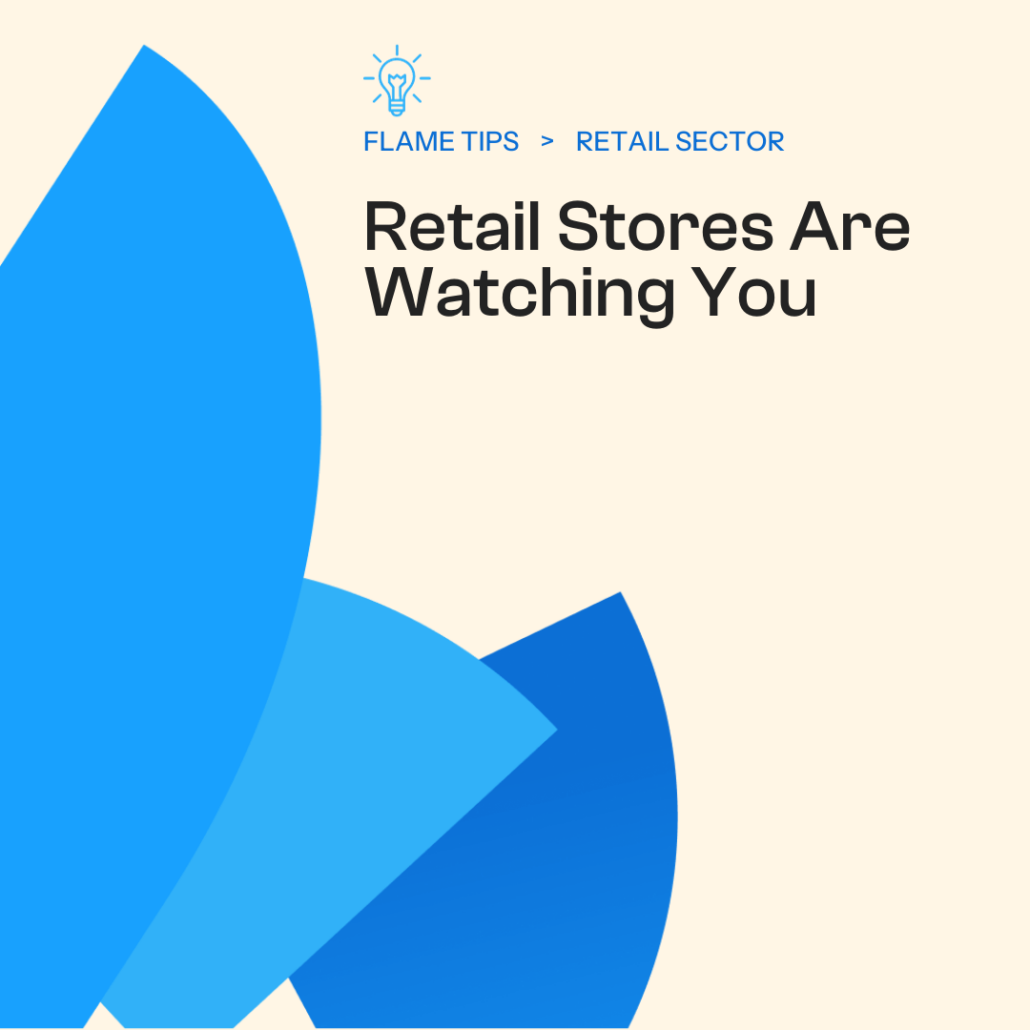The only certainty in the post-COVID world is the change. You might have had some amazing storytelling techniques, but you need to consider that customers have changed. Due to the global pandemic customer behaviors, habits, and preferences, have altered. So, what can a retail brand do to survive in the age of online shopping?
Rethinking their storytelling and adapting it to the “new world”. You can use storytelling to attract customers to your retail business and build their trust and confidence in shopping in-store. If you are ready to get back in the saddle and strengthen your relationship with old customers as well as win over new ones, give these storytelling strategies a try.
1. Turn to More Engaging Platforms and Content Forms
It was proven that the massive use of digital devices has notably lowered our concentration span. In 2000, it was 15 seconds, and now it is estimated that an average attention span is around 8.25 seconds. That’s the ugly truth.
What this means for content creators, marketers, and brands is that they need to rethink the way they present their content.
So, if you counted on a few paragraphs on your landing page to showcase your story and win over your audience, think again.
Just imagine the length of attention span in the post-COVID world after people have spent months and months attached to their phones almost consistently. Retaining their focus on your content is going to be a real challenge which is why you need to go all out.
Experiment with different content forms and platforms for your brand storytelling. You can use:
- Video content
- Photo carousel
- Social media Stories
- Live videos
- Podcasts
- Blog posts
To paint a picture of why you need to introduce more engaging content forms, just imagine this. If you were a customer, would you be more intrigued with a store that shares their content on their single platform – their website. Or, would you rather go and check out the store that makes cool videos with their employees, posts user-generated content on social media, and possibly even creates podcast?
The dynamic is what people will be after and versified and engaging content forms is what will help you deliver that.
2. Explain What Makes You Different
Relying on the same old storytelling techniques that worked decades ago won’t lead you anywhere now. What you need to keep in mind is that there is an endless number of choices and your customers’ attention can easily be snatched by some other brand.
In the old days, you might have to worry about one or two local competitors, but now you have to fight for your audience against a plethora of online stores and large retail companies that are pushing all their efforts towards their digital marketing.
How can you win, you ask? Well, you need to be very specific about what makes you unique.
Stop and ask yourself: What can I offer that others don’t? Why am I worthy of the audience’s attention?
Maybe the ace in your sleeve is your brand’s rich tradition, your homemade products, your pleasant staff, or your homey ambient.
With all the time people are spending online due to pandemic and browsing through copy-paste product descriptions and generic content, coming across a retail store with a unique story can be truly refreshing. Your goal should be to steer your storytelling towards entertainment and originality and you’ll be on the right track.
3. Create Protagonists
Character-driven stories are scientifically proven to help with evoking empathy.
Introducing characters in your brand storytelling will stimulate the production of oxytocin in the brain. Oxytocin is a neurochemical that motivates us to collaborate with other people and boosts our sense of empathy.
Through the use of characters, you can create a bond with customers. Why is this relevant? Because the connection with your customers is what will encourage them to shop in your story.
Rather than putting the focus on your brand, direct the spotlight towards protagonists. For example, Macy’s introduced its colleagues to the wide audience through their Style Crew.
Your stories will be more relatable if they revolve around people rather than your business.
4. Listen to Your Customers
What’s a better way to engage with your customers than to directly involve them in your brand’s storytelling? Show your customers that you are all in this together and give them a special place in your story.
Take the Jebbit’s innovative approach as an example. They are asking customers to open up about their experiences and they are directly involving customers in telling the story. Jebbit’s co-founder and CEO, Tom Coburn, said, “People are voluntarily sharing information about themselves — data the brand is looking for. And they’re spending time with the interactive experience, sometimes a minute or two minutes. And during that time, we have their undivided attention.”
Not only will you show how much you value your customers’ opinions, feelings, and thoughts, but you can also repurpose their experiences in your storytelling.
Let’s say that you sell dog toys. You can start a contest and ask your customers to share their dogs’ impression of your toy (in writing, through photo, or video) on social media. And there you go. The customers will be involved in telling a story about your products.
If the pandemic has though us something, that’s that we have to rely on each other. By involving your customers in your brand storytelling you’ll give your target audience a solid reason to give your store a shot.
Final Thoughts
Do you know the good side of having numerous competitors and trying to find your place in the sun in the post-COVID world? It gives you a chance to reinvent your brand storytelling and come out stronger than ever.
Refocusing on your uniqueness and the warmth of in-store shopping experience can be your winning strategy. In their relentless pursuit of staying on top, most brands have forgotten about being genuine and real. That’s your chance to charm the audience with your original brand storytelling.
Estelle Liotard is a writer and education expert with a degree in business writing. She has a decade of practice in helping companies grow their businesses. Additionally, she works for two term paper writing services, one of which has been promoted as the best dissertation writing service. Estelle is constantly striving to improve her skills and knowledge, which is why she attends academic writing seminars every few months.







